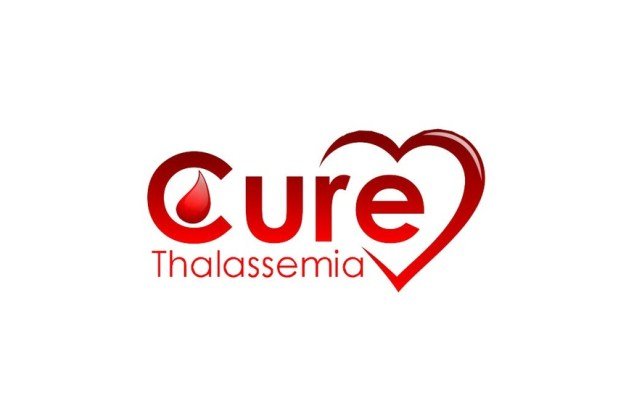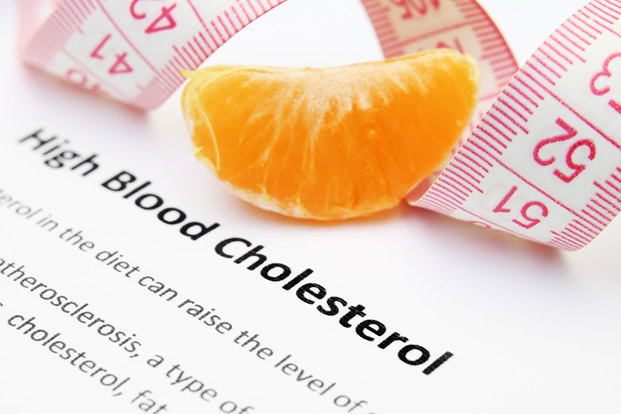Categories
- Bariatric Surgery (11)
- Black Fungus (5)
- Bone Marrow transplant (3)
- Brain Tumor Surgery Navigation Technology (20)
- Cardiac Surgery (66)
- Cardiology (97)
- Computer navigation technology for joint replacements (20)
- Covid Vaccination (17)
- Critical Care (2)
- Dental (19)
- Dermatology (31)
- Dialysis Support Group - “UTSAAH” (11)
- Dietitian (33)
- Emergency Medicine (4)
- Emotional Health (11)
- Endocrinology (33)
- ENT (20)
- Gastroenterology and GI Surgery (53)
- General and Laparoscopic Surgery (21)
- General Surgery (4)
- Gynecology & Obstetrics (183)
- Hematology (20)
- Internal Medicine (294)
- Kidney Transplant (50)
- Kidney Transplantation (20)
- Lung Cancer (8)
- Minimal Invasive Surgery (1)
- Mother & Child (20)
- mucormycosis (5)
- Nephrology (61)
- Neurology (147)
- Neurosurgery (68)
- Nutrition and Dietetics (107)
- Omicron Variant (1)
- Oncology (288)
- Ophthalmology (10)
- Orthopaedics & Joint Replacement (86)
- Paediatrics (59)
- Pediatric Nephrology (3)
- Physiotherapy (5)
- Plastic & Reconstructive Surgery (6)
- Psychiatry and Psychology (90)
- Psychologist (28)
- Pulmonology (72)
- Rheumatology (13)
- Spine Services (21)
- Transradial Angioplasty (16)
- Urology (84)
Query Form
Posted on Apr 19, 2022
Non-surgical Management of Congenital Heart Diseases
Congenital heart diseases were initially managed surgically, however with the development of newer devices, smaller size catheters and balloons; we are able to treat congenital heart diseases with minimally invasive techniques in the present times. Traditionally, those children who were treated surgically used to take a minimum of 8-10 days from surgery till discharge, but using interventional techniques a child can be treated on day care basis or at the most one day admission is required.

Hence, it not only reduces the hospital stay but also reduces the morbidity significantly. Progress in interventional cardiology has also given birth to the hybrid procedures that are combination of cardiac intervention and surgical management. In these procedures, the initial part of the treatment is done in the Cath lab and the remainder part is done surgically, which in turn again reduces the operative time as well as the morbidity.
The defects which can be cured by non-surgical methods are as follow:
- Atrial Septal Defect (ASD):An ASD means that there is a hole between the left atrium and the right atrium, as a result of which blood flows from left side of heart to the right ventricle and pulmonary arteries, putting additional volume load on the right side of the heart. Majority of these defects are closed using interventional techniques such as an ASD device which is FDA approved. Children from 2 years of age to adults can be cured using this technique, but is limited by the fact that only ostium secundum ASD can be closed with this.
- Ventricular Septal Defect: In this disease there is a communication between the two ventricles. Techniques to close this defect are not as advanced as closure of ASD or PDA.
- Patent Ductus Arteriosus: The Ductus is a vessel present in foetal life connecting the Pulmonary artery with aorta, which is essential for the survival of foetus. After the birth of the baby this communicating vessel closes, but in some cases, it remains patent leading to a PDA. Traditionally this was closed surgically, but now upto 90% of these cases are closed using catheter technique, i.e. by plugging the ductus with PDA device. Now days, with advent of small devices which pass through small catheters, the ductus can be closed in very small Preterm babies as well.
- Stenotic valves: Stenotic valves which impede the movement of blood from the right side of heart is called pulmonary stenosis. This congenital malformation of narrow valves can be dilated using balloons without causing damage to the valve and the neighboring blood vessel.
- Stenotic Artery: Narrowing of blood vessels can happen congenitally or post operatively. These narrow vessels exert load on the heart. In order to relieve this obstruction, catheter-based interventions using balloons and balloon mounted stents are quite successful.
Limitations: A major limitation of these interventions is that they cannot be used in very small babies because of high chances of damage to the vessel. In spite of the above-mentioned limitation, it could be concluded that catheter-based interventions play a pivotal role in the management of congenital heart diseases.



